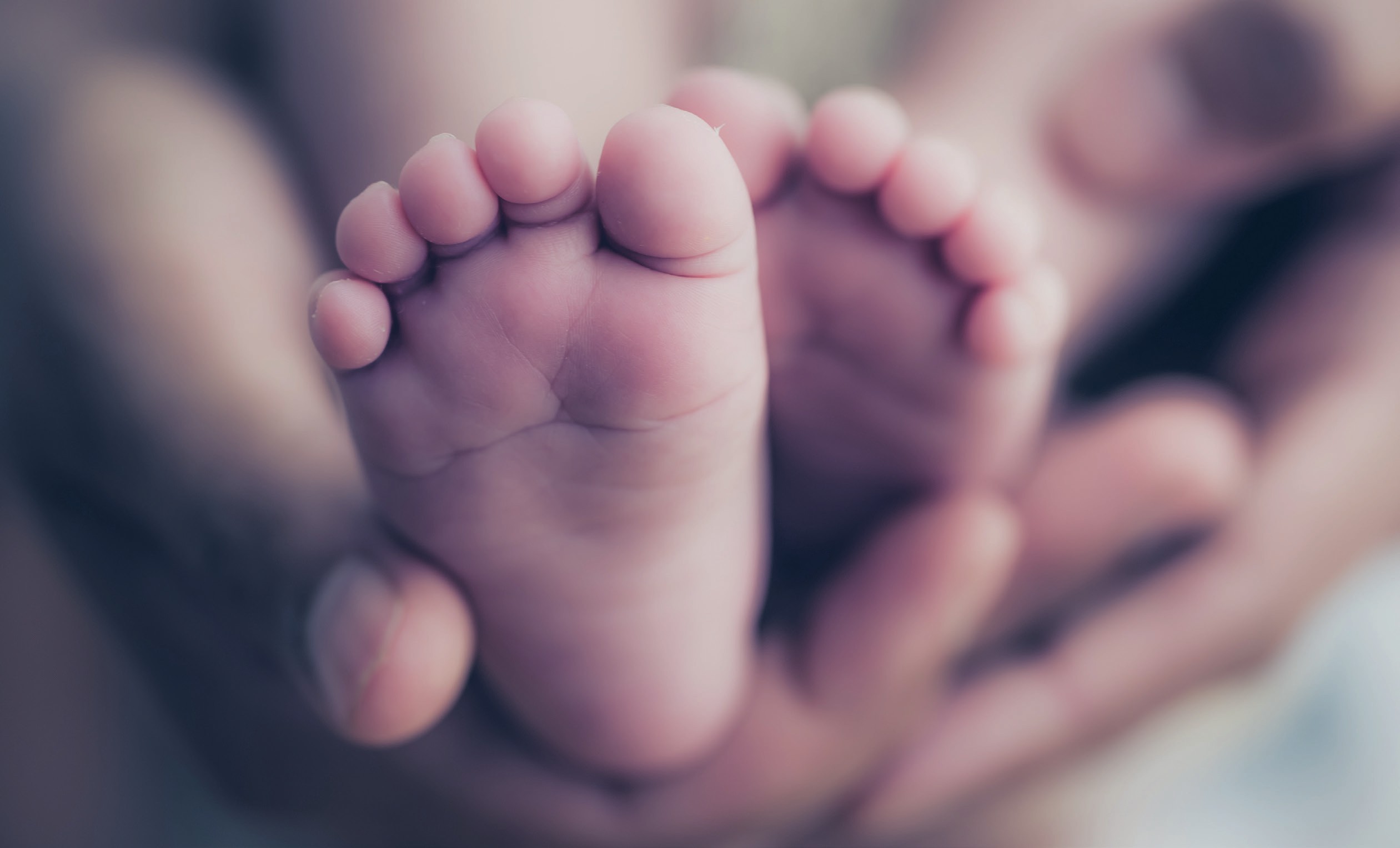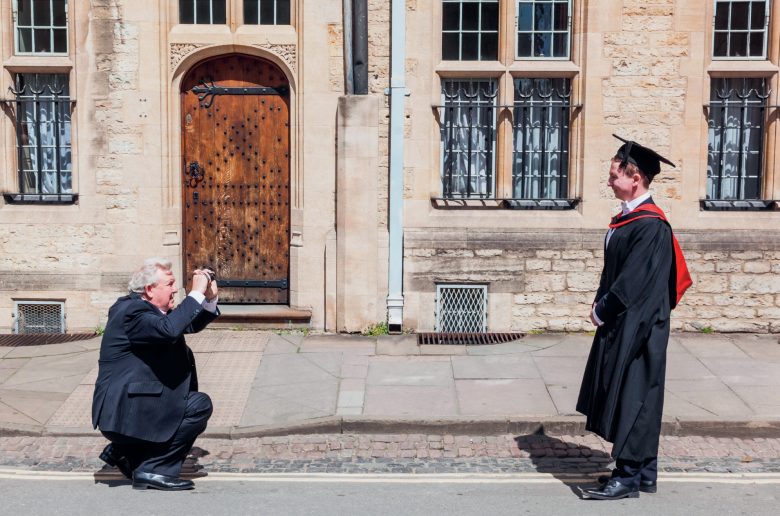
This rather quaint phrase, still used in some sets of statistics and media reports, refers to children born to parents who are neither married nor in a civil partnership. Figures from the Office for National Statistics show that in 2021, more than half of babies in England and Wales (51.3%) fell into this category. This is the first time that the statistics have shown this level since records began in 1845. However, it should be remembered that many of these babies were conceived or born at a time when restrictions imposed as a result of the Covid-19 pandemic meant that marriages and civil partnerships were unable to take place.
We know from census data and from parish records dating back as far as the sixteenth century, that giving birth to a child outside of marriage is nothing new. The proportion of babies born outside marriage to those born within it is known as the ‘illegitimacy ratio’, and from the sixteenth century up to the early 1960s, this never exceeded 7%. However, it is important to remember that the figures refer to recorded data — the actual figure is unknown, but likely to be greater than this. In order to protect their children from the stigma of illegitimacy, parents often used false names or pretended that they were married.
Your organisation does not have access to this article.
Sign up today to give your students the edge they need to achieve their best grades with subject expertise
Subscribe




